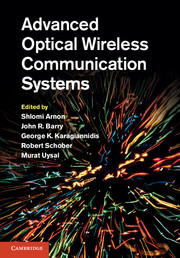12 - Quantum key distribution
from Part IV - Applications
Published online by Cambridge University Press: 05 June 2012
Summary
Motivation
The ability to guarantee security and privacy in communication are critical factors in encouraging people to accept and trust new tools and methods for today's information-based society (e.g. in eCommerce or eHealth) and for future services (e.g. eGovernment, eVoting). Cybercrime already hinders these new possibilities by creating widespread mistrust in these new services. Another problem is that a (perhaps unpublicized) break-through in mathematics or computer science could completely compromise current state-of-the-art encryption methods overnight, even those which are the basis of all existing internet banking transactions. This is because the security of cutting-edge public-key cryptography (conventional cryptography) relies on the computational difficulty of certain mathematical tasks, meaning that conventional cryptography alone can neither provide any evidence of eavesdropping nor guarantee strong security. The trend towards faster electronics provides the ability to handle longer keys, thus providing better security, but also increases the possibility to break keys. This also has another worrying effect: even using today's most advanced available security technology to protect data during communication with best practice and without making any mistakes, the ongoing improvements in technology (which hence require longer key lengths to ensure security) mean that today's transmitted data will not be secure for more than a few years. Thus, while encrypted data might be safe today, it can still be stored by the adversary now and then broken later on once the future technology has caught up with today's encryption.
Alternatively, modern quantum cryptography has created a new paradigm for cryptographic communication, which provides strong, long-term security and incontrovertible evidence of any attempted eavesdropping which is based on theoretically and experimentally proven laws of nature.
Information
- Type
- Chapter
- Information
- Advanced Optical Wireless Communication Systems , pp. 305 - 327Publisher: Cambridge University PressPrint publication year: 2012
